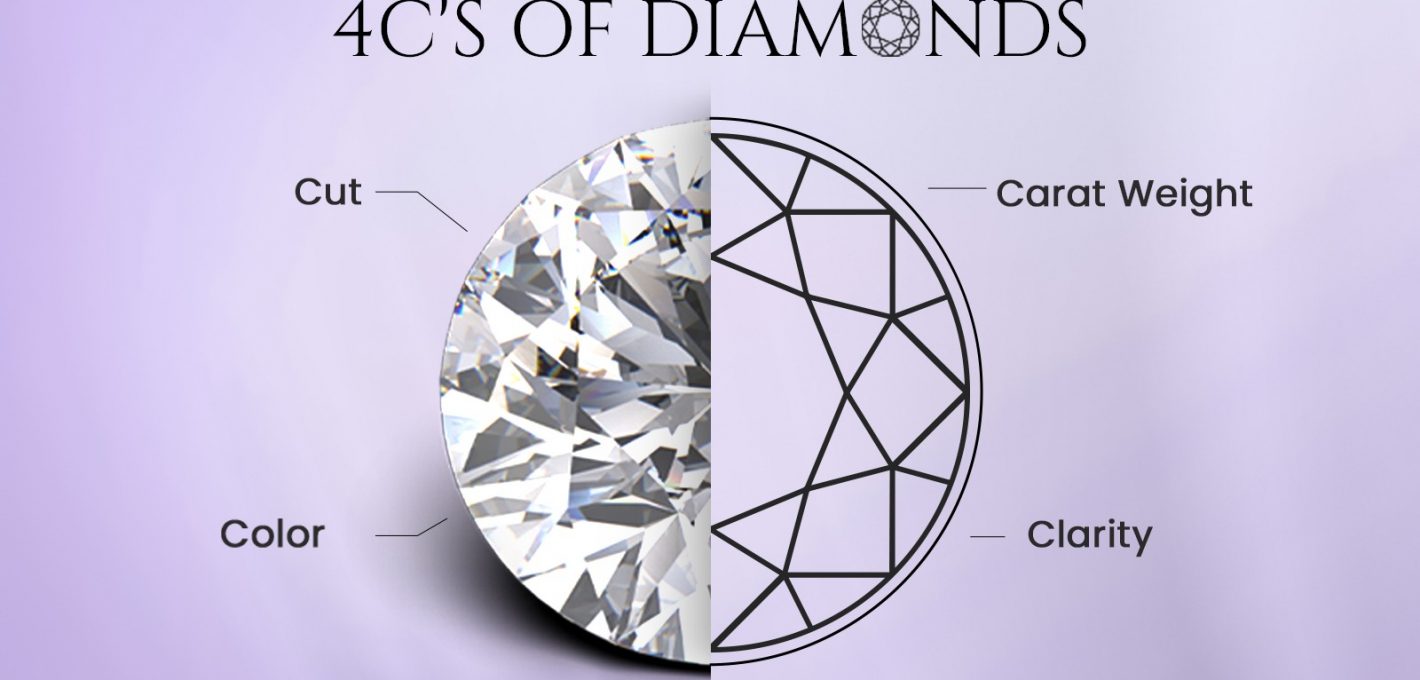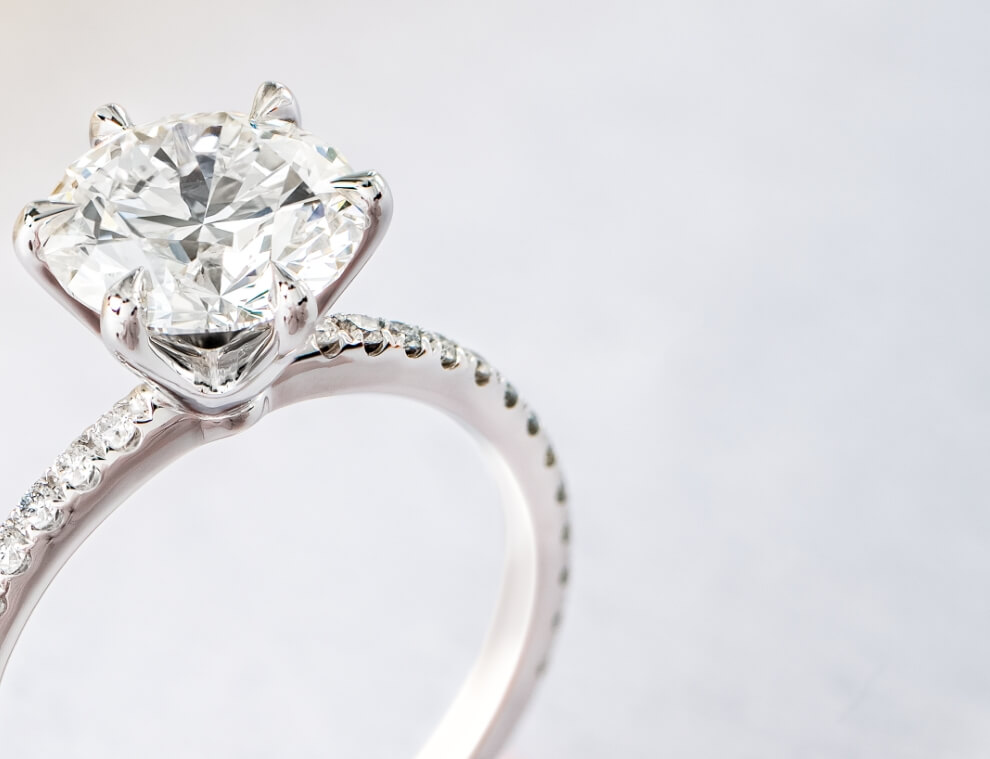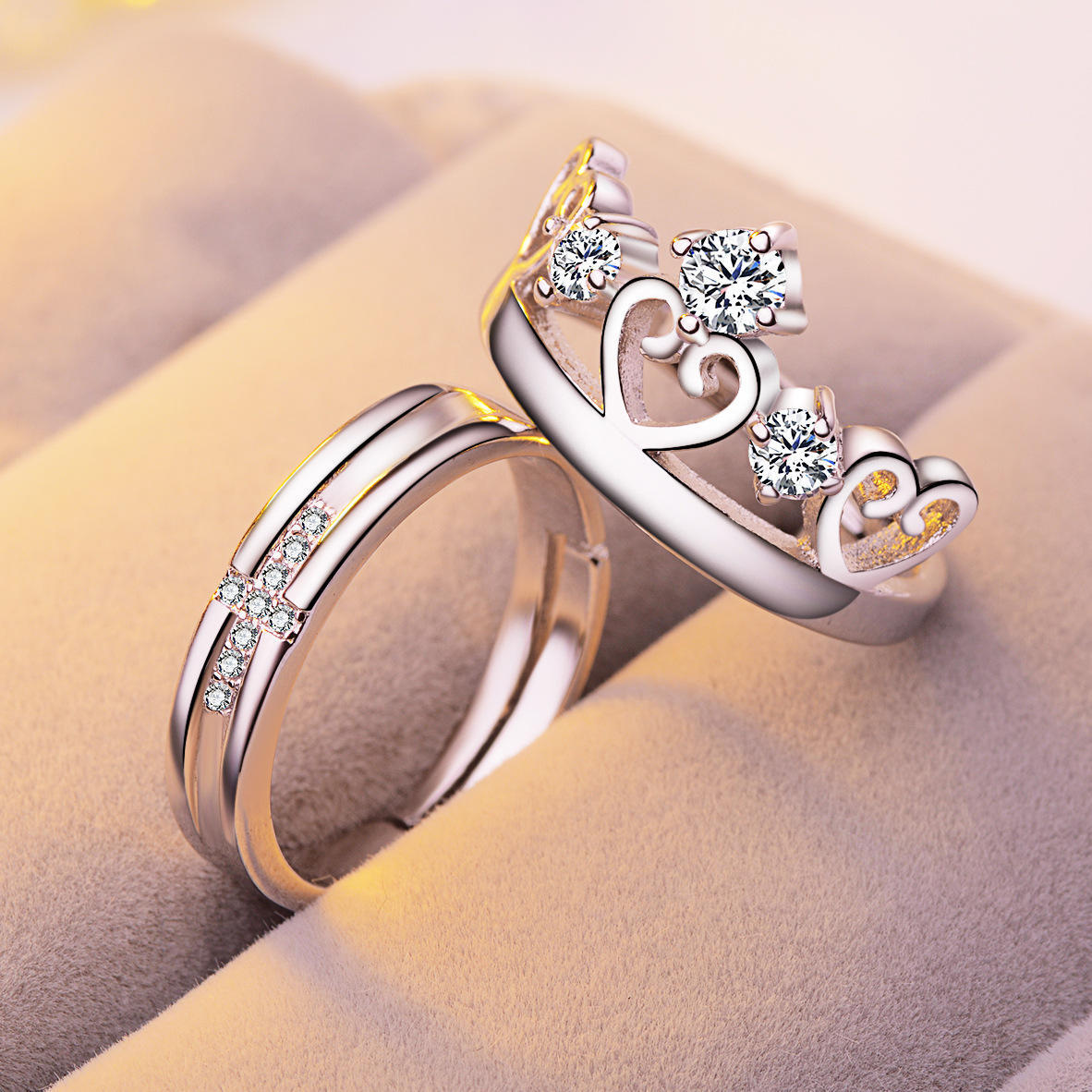Diamonds have long been a symbol of elegance and sophistication. Whether you are investing in a precious stone or choosing an engagement ring, understanding the diamond 4C chart and the rising popularity of man-made diamonds is essential. This guide will help you explore these aspects in detail.
What is the Diamond 4C Chart?
The diamond 4C chart is a universally accepted standard that determines the quality of a diamond. This chart evaluates diamonds based on four key factors: Cut, Clarity, Color, and Carat Weight. These factors help buyers make informed decisions and ensure they get the best value for their purchase. Understanding the diamond 4C chart is crucial whether you’re buying a natural or man-made diamond.
Cut: The Most Important Factor in the Diamond 4C Chart
Among the four criteria in the diamond 4C chart, the cut is the most critical. It determines how well a diamond reflects light, affecting its brilliance and fire. A well-cut diamond maximizes its sparkle, making it more attractive. This principle applies to both natural and man-made diamonds. The precision of a diamond’s cut enhances its beauty and overall value.
Clarity: Understanding Inclusions and Blemishes
Clarity is another essential aspect of the diamond 4C chart. It measures the presence of inclusions (internal flaws) and blemishes (external flaws) within the diamond. The fewer the imperfections, the higher the clarity grade. Man-made diamonds often have fewer inclusions than natural diamonds since they are created in controlled environments, making them an appealing option for buyers seeking high-clarity stones.
Color: A Key Element in the Diamond 4C Chart
The diamond 4C chart also assesses color, which ranges from colorless to noticeable yellow or brown tints. The closer a diamond is to being colorless, the higher its value. Man-made diamonds can be engineered to have minimal color variations, providing buyers with more options for high-quality stones that mimic the appearance of natural diamonds.
Carat Weight: Size Matters in the Diamond 4C Chart
Carat weight is the final component of the diamond 4C chart. It refers to the weight of the diamond rather than its size. Larger diamonds are generally more expensive, but a well-cut stone can appear larger than its actual weight. Man-made diamonds offer an affordable alternative for those who desire a higher carat weight without the hefty price tag of natural diamonds.
The Rise of Man-Made Diamonds
With advancements in technology, man-made diamonds have become a popular choice for jewelry lovers. These diamonds are created using two primary methods: High Pressure High Temperature (HPHT) and Chemical Vapor Deposition (CVD). Both processes produce high-quality stones that are virtually identical to natural diamonds in appearance and chemical composition.
Why Choose Man-Made Diamonds?
One of the biggest advantages of man-made diamonds is their affordability. Since they are produced in laboratories rather than mined, they typically cost 20-40% less than natural diamonds. Additionally, man-made diamonds are environmentally friendly as they do not require destructive mining practices. Many consumers prefer man-made diamonds because they offer ethical sourcing and sustainability without compromising quality.
Comparing Man-Made Diamonds and Natural Diamonds
When comparing man-made diamonds to natural ones, it is essential to consider the man made diamonds. Both types of diamonds undergo the same grading process, ensuring that buyers receive high-quality stones. However, man-made diamonds often have fewer inclusions and better color consistency. Additionally, they provide a cost-effective alternative for those who want a dazzling diamond without paying a premium price.
Investing in Diamonds: Which Option is Best?
For those considering diamonds as an investment, it is crucial to evaluate both natural and man-made diamonds. While natural diamonds have historically held their value, the increasing popularity of man-made diamonds is reshaping the industry. The diamond 4C chart helps investors determine which diamonds offer the best return on investment.
The Future of Diamonds
As technology continues to improve, the demand for man-made diamonds is expected to rise. Many leading jewelry brands now incorporate man-made diamonds into their collections due to their ethical and cost-effective advantages. Understanding the diamond 4C chart remains essential for anyone looking to purchase a high-quality diamond, whether natural or lab-created.
Conclusion
The diamond 4C chart is the ultimate tool for assessing diamond quality, ensuring that buyers make informed decisions. With the rise of man-made diamonds, consumers now have more options than ever before. Whether you prefer a natural diamond or a man-made diamond, understanding the diamond 4C chart will help you choose the perfect stone for your needs. As the jewelry industry evolves, man-made diamonds continue to offer an ethical, affordable, and high-quality alternative to traditional diamonds.





